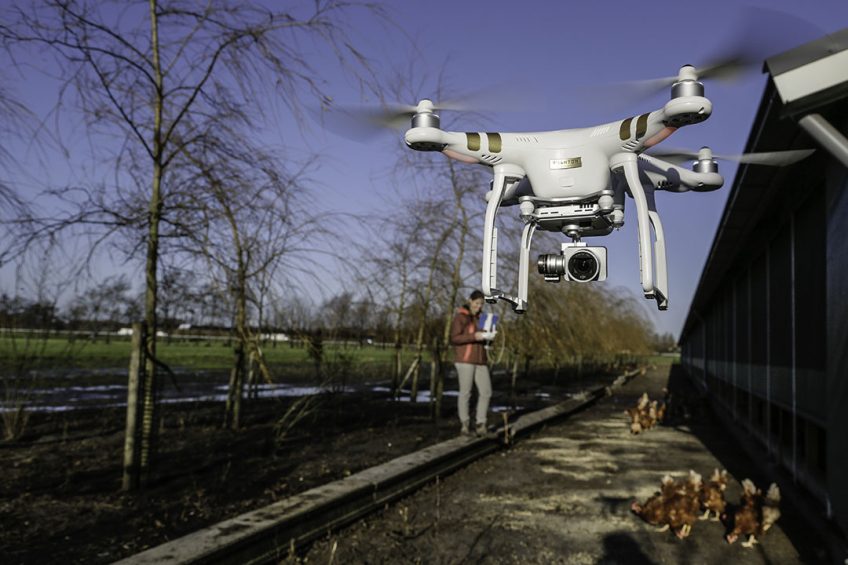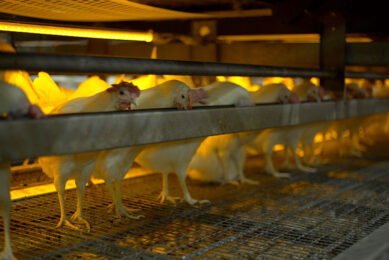Challenges and successes of poultry robotics

A review of agricultural robotics research applicable to poultry production has shown there are both challenges and huge potential for the global poultry sector.
The desk research, “Agricultural robotics research applicable to poultry production”, looked at agricultural robotics research from 24 global universities and 8 commercial robots. It found that most of the published work on agricultural robotics had been in the areas of perception and reasoning. This emphasis had been on the identification of objects, evaluation of product quality, monitoring of animal growth and development, yield production and machine guidance.
The research also found that there has been limited published work on the task execution and systems integration aspects of agricultural robotics. Among the challenges that need to be addressed are developing robots for specific agricultural tasks. Examples in poultry production include monitoring environmental conditions and chicken health, egg picking and encouraging chicken movement. The approaches to addressing the technical needs have been creating movable machines for us alongside the chickens in the poultry house.
Is changing the face of poultry. Find out the latest information on housing innovations, automation and robotics.
Some of the most noticeable results include:
- The Octopus Poultry Safe (OPS) robot for sanitising poultry houses automatically,
- The PoultryBot for picking floor eggs and
- Tibot’s Spoutnic for training hens to move.
Tibot
Tibot has been listed in EU circles as one of the key start-ups to watch during 2020. Although they have been operating since 2016, their 2 robotics solutions have attracted considerable interest from poultry breeding companies. Spoutnic is an autonomous rechargeable robot designed to increase the technical and economic performance of poultry operations and to improve the breeder’s work conditions. Sputnic NAV, which uses an indoor navigation system to stimulate the movement of poultry and aerate litter are being used by major players such as Hubbard, Le Helloco, Agrial and Prodavi. The start up is believed to have raised around € 4 million to date.
The paper, published in Computers and Electronics in Agriculture, concludes that this trend of research is expected to continue, adding that an emerging emphasis would be the study of interactions of automated tasks to achieve high efficiency in whole poultry house management.










